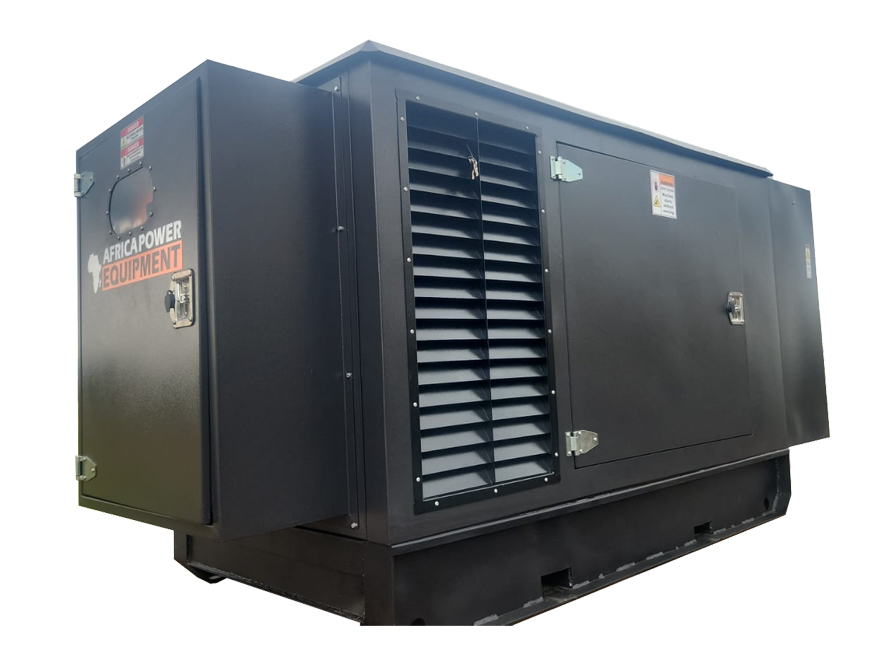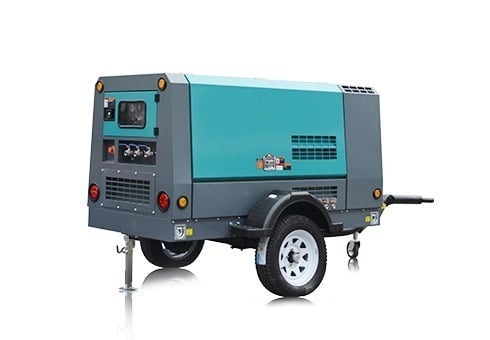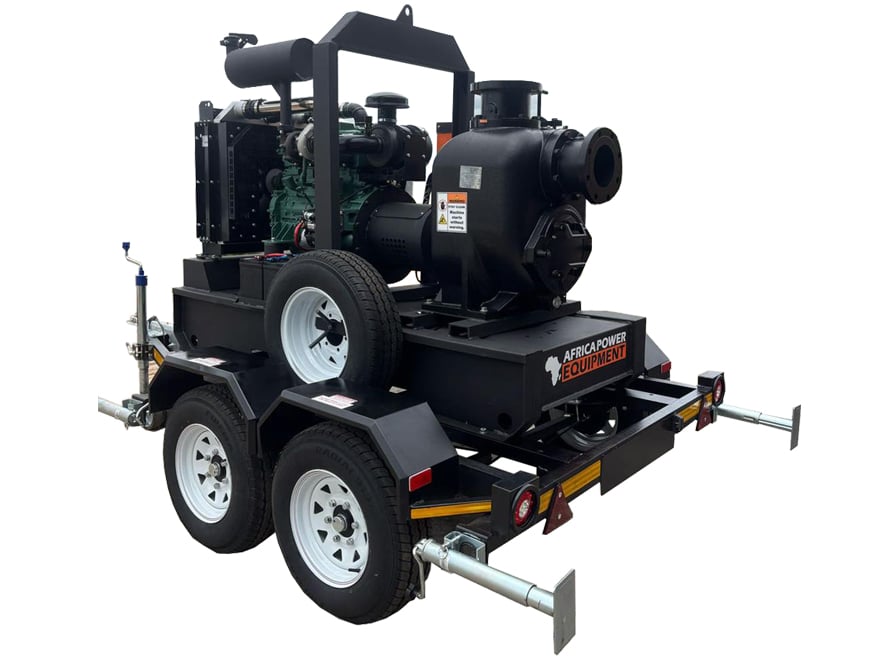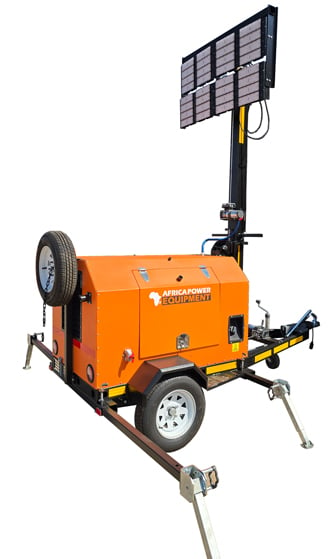What’s the Difference Between Submersible and Centrifugal Water Pumps?
Choosing the right water pump can be the difference between an efficient, long-lasting system and one that underperforms or fails. Two of the most common types are submersible pumps and centrifugal pumps — but they serve different purposes, environments, and water delivery needs.
Quick Answer:
Submersible pumps operate fully submerged in water and are ideal for deep wells or boreholes, offering high pressure and quiet operation. Centrifugal pumps are surface-mounted, better for shallow water sources like tanks or rivers, and typically easier to access and maintain.
1. Key Differences at a Glance
| Feature | Submersible Pump | Centrifugal Pump |
|---|---|---|
| Location | Installed underwater | Surface-mounted, outside water source |
| Ideal Application | Boreholes, deep wells | Tanks, dams, rivers (shallow sources) |
| Priming Required | No | Yes (self-priming models available) |
| Pressure Capability | High | Moderate |
| Noise Level | Very low | Moderate to high |
| Maintenance Accessibility | Difficult (must be removed to service) | Easy (external access) |
| Energy Efficiency | High (less friction loss) | Moderate |
| Installation Complexity | Higher (requires proper sealing) | Lower (plug and pump) |
2. What Is a Submersible Pump?
A submersible pump is designed to operate entirely below the surface of the water, often inside a borehole or deep well. It pushes water to the surface rather than pulling it, which makes it highly efficient for vertical pumping.
🔧 Common Uses:
-
Borehole irrigation
-
Domestic and commercial water supply
-
Sewage and drainage systems
-
Industrial dewatering
✅ Pros:
-
Silent operation
-
No priming needed
-
Excellent for deep sources
❌ Cons:
-
More expensive
-
Requires pulling the pump for maintenance
-
Not suitable for shallow water
3. What Is a Centrifugal Pump?
A centrifugal pump is a surface-level pump that uses a rotating impeller to draw water in and push it out. These pumps are better for low-lift applications, making them ideal for use with water tanks, dams, or shallow wells.
🔧 Common Uses:
-
Garden and farm irrigation
-
Construction site dewatering
-
Tank or dam water transfer
✅ Pros:
-
Easy to install and maintain
-
Great for shallow sources
-
Lower upfront cost
❌ Cons:
-
Requires priming
-
Not suitable for deep wells
-
Noisy in comparison
4. When to Use Each Pump
✅ Use a Submersible Pump When:
-
Your water source is deeper than 7–9 metres
-
You need high pressure over long distances or vertical lifts
-
You want quiet operation and no risk of pump cavitation
✅ Use a Centrifugal Pump When:
-
The water source is shallow or near the surface
-
You need portability and ease of maintenance
-
You require water for short-distance transfer or light irrigation
5. Efficiency and Performance Comparison
-
Submersible pumps typically offer better energy efficiency because water pressure assists the pumping process. They also avoid cavitation — a condition where air bubbles reduce pump performance.
-
Centrifugal pumps may lose efficiency if not properly primed or if suction head requirements are exceeded.
6. Installation and Maintenance
🧰 Submersible Pumps:
-
Require professional installation
-
Must be sealed to prevent water ingress
-
Need lifting gear or pipe dismantling for servicing
🧰 Centrifugal Pumps:
-
Simple plug-and-pump setup
-
Easily serviced at surface level
-
Less downtime during repairs
🛠️ Tip: If frequent maintenance is expected or you need portability, centrifugal pumps offer a more convenient solution.
7. Cost Comparison
-
Submersible pumps are more expensive upfront but may save money long-term through lower energy use and better performance in deep applications.
-
Centrifugal pumps are cost-effective for general-purpose pumping needs, especially if used occasionally or for shallow water tasks.
Frequently Asked Questions
Can I use a submersible pump in a tank?
Yes, but it may be overkill. Submersibles are designed for deep applications. For tanks, a surface pump like a centrifugal or pressure pump is more suitable.
What is pump priming, and why does it matter?
Priming involves filling a pump with water before operation to prevent airlocks. Centrifugal pumps often require priming, while submersible pumps do not.
Which pump is quieter?
Submersible pumps are nearly silent since they are submerged. Centrifugal pumps can be noisy, especially in high-capacity models.
Conclusion
The choice between a submersible and centrifugal pump comes down to depth, pressure requirements, accessibility, and budget. Submersible pumps excel in deep or high-pressure scenarios, while centrifugal pumps are ideal for accessible, shallow water tasks with lower pressure needs.
Need help choosing the right pump for your application?
👉 Browse our full range of submersible and centrifugal water pumps at Africa Power Equipment — or contact our team for expert guidance tailored to your water pump system.





